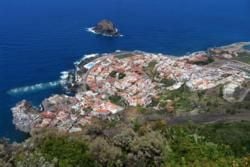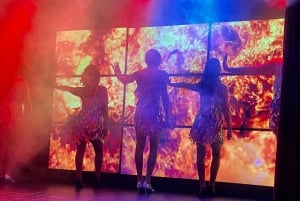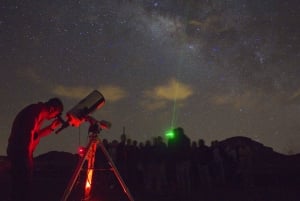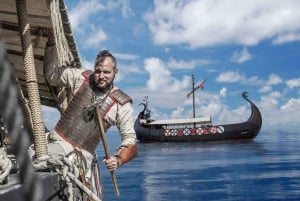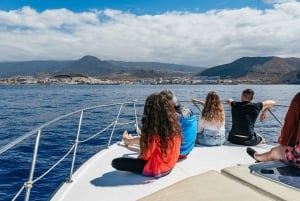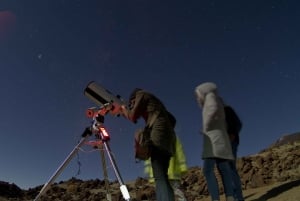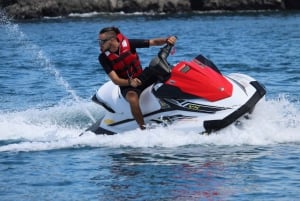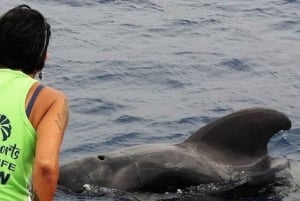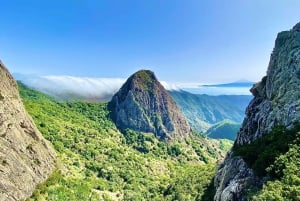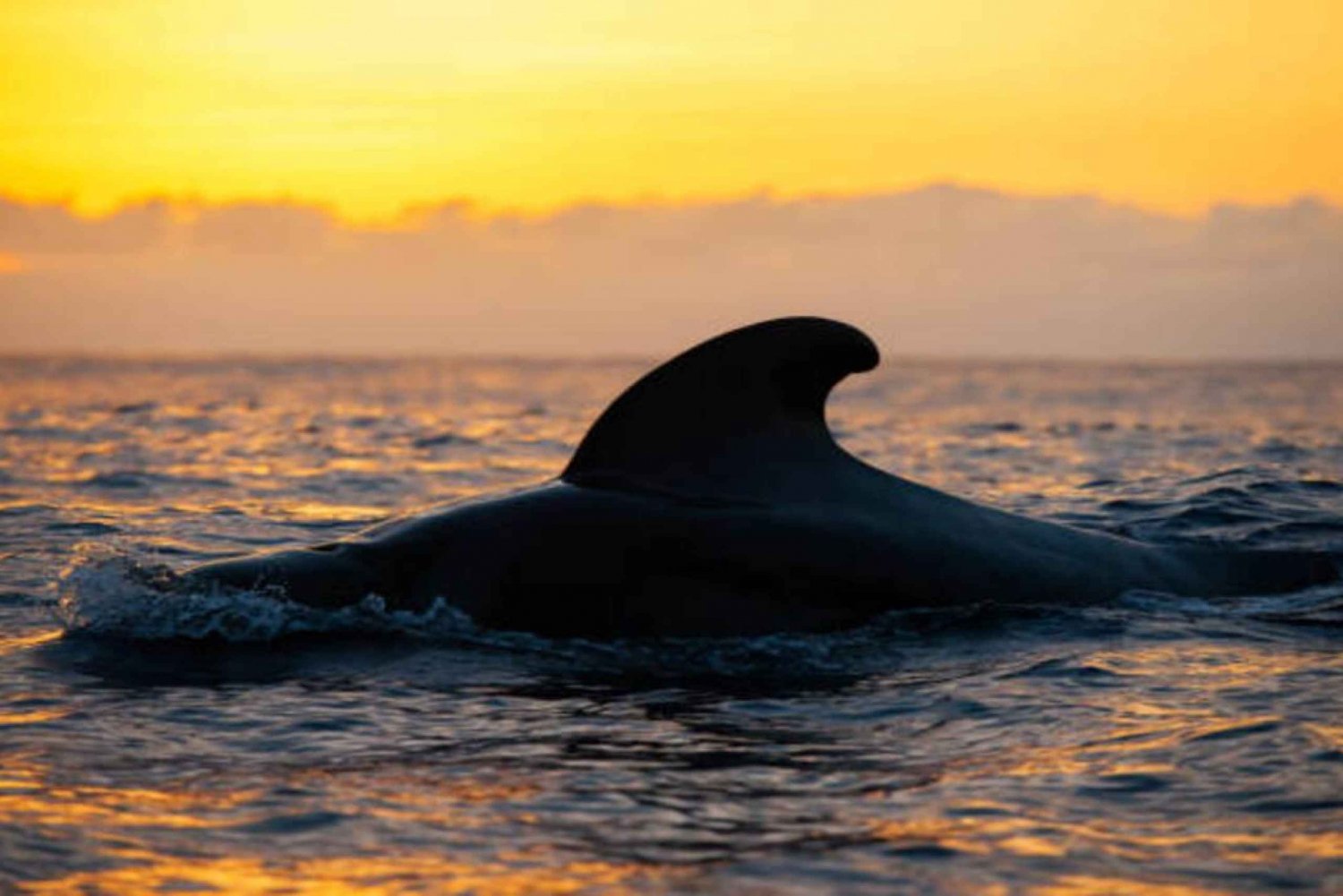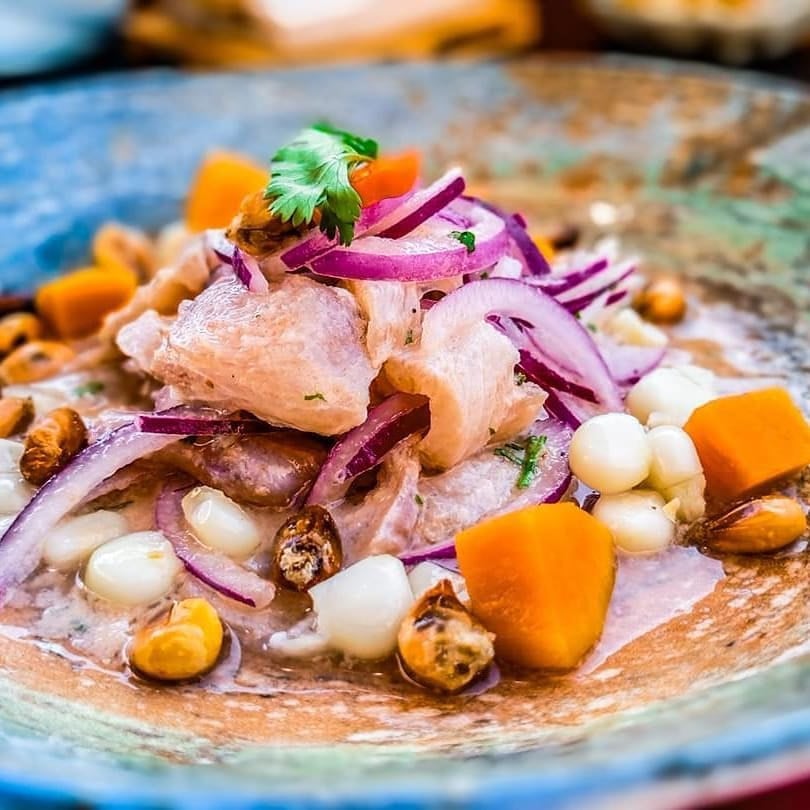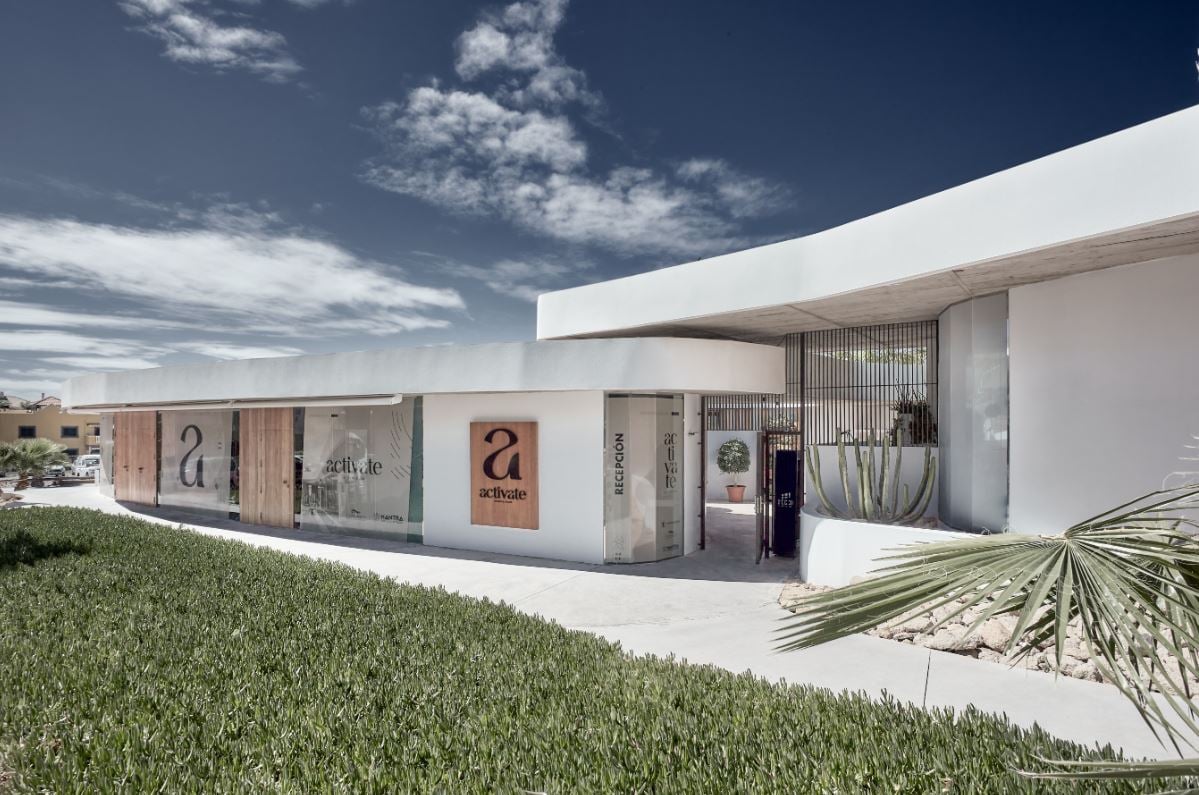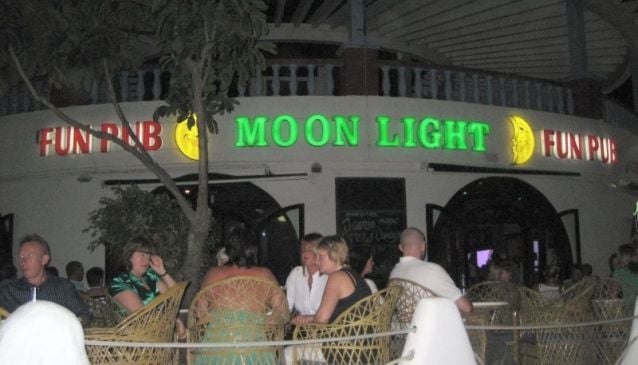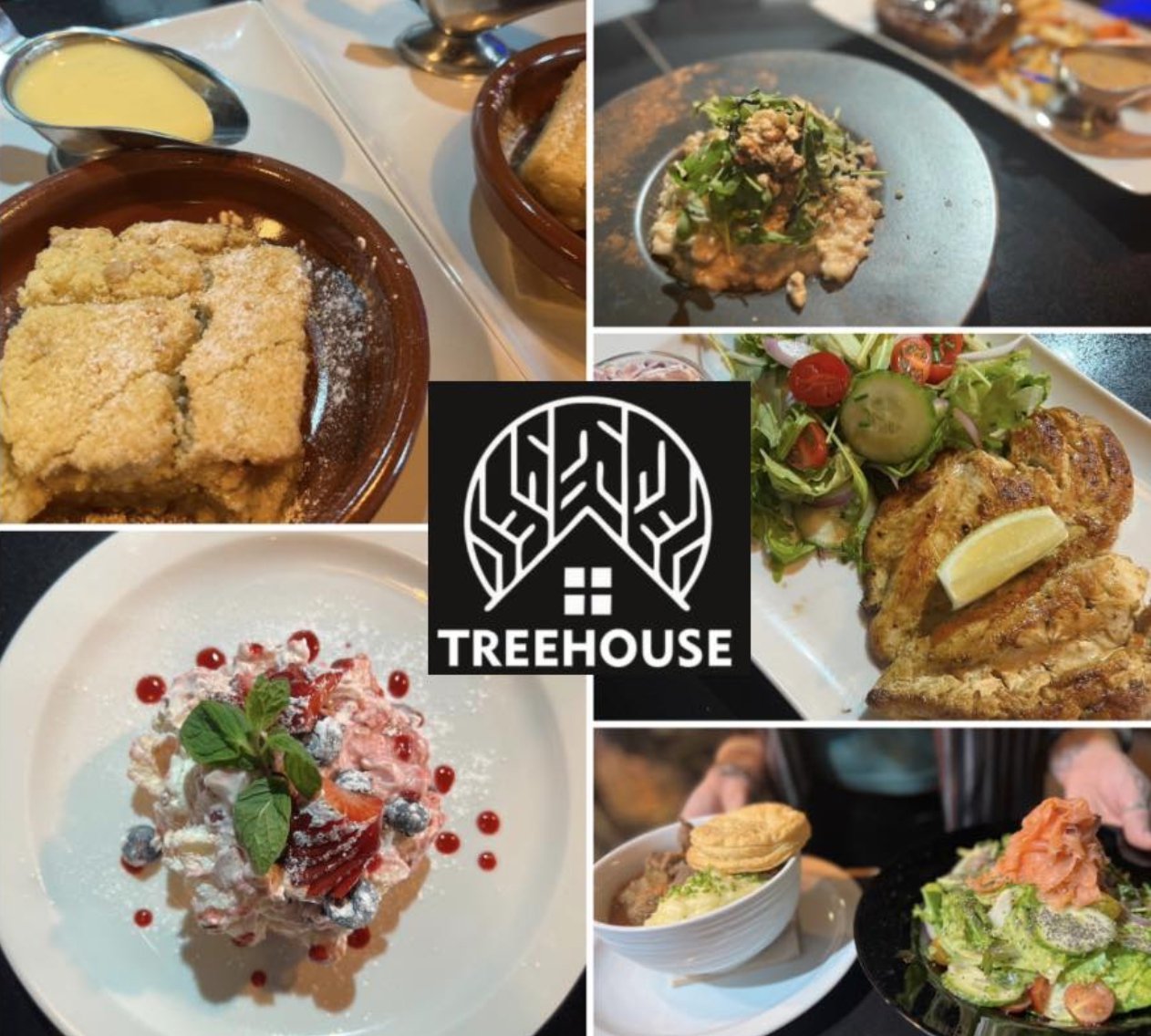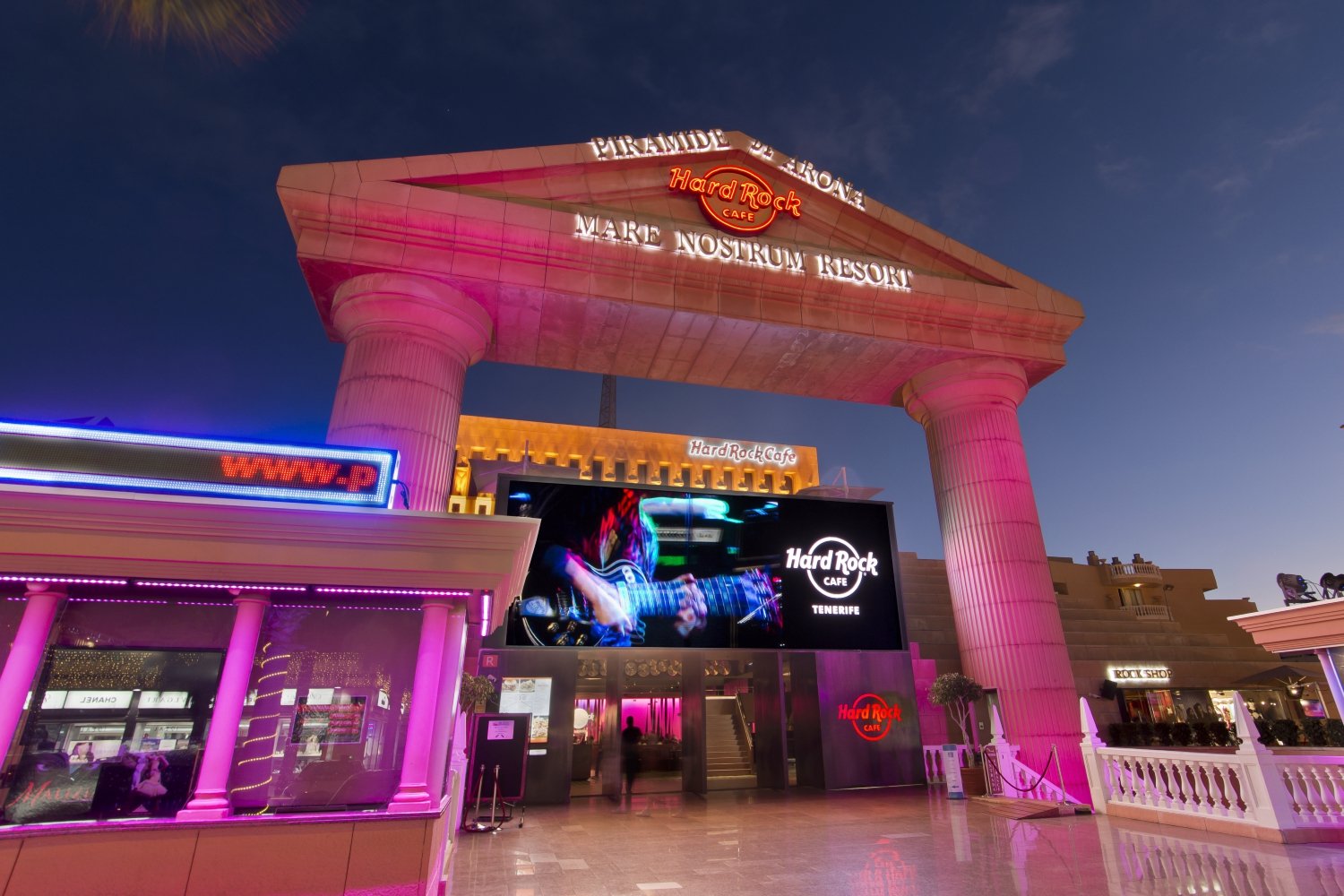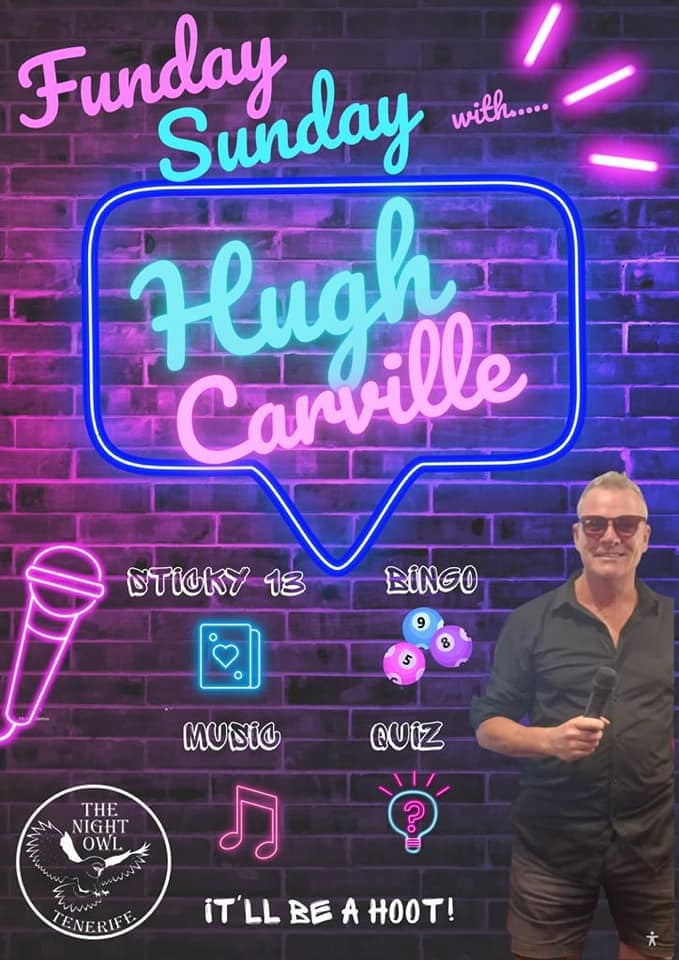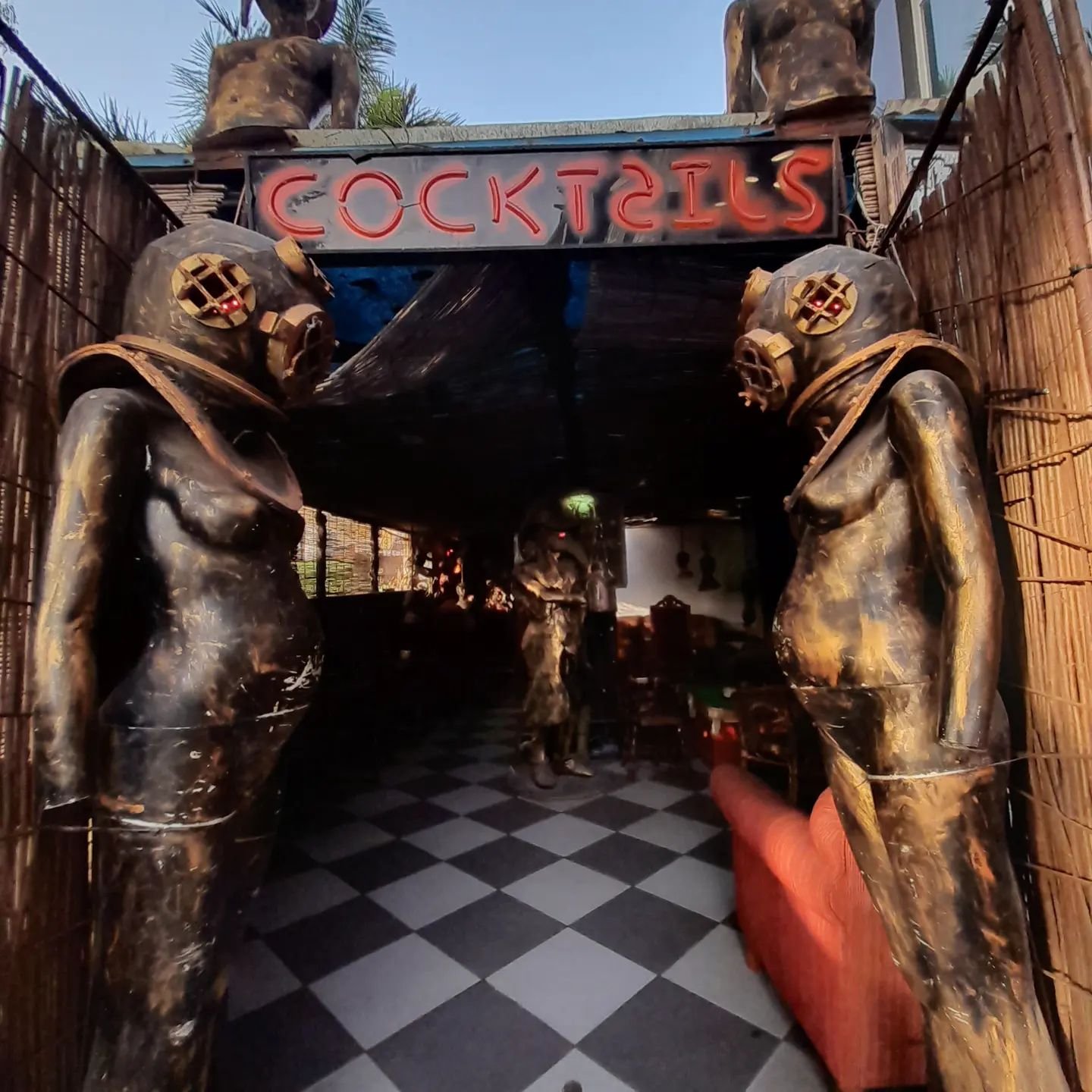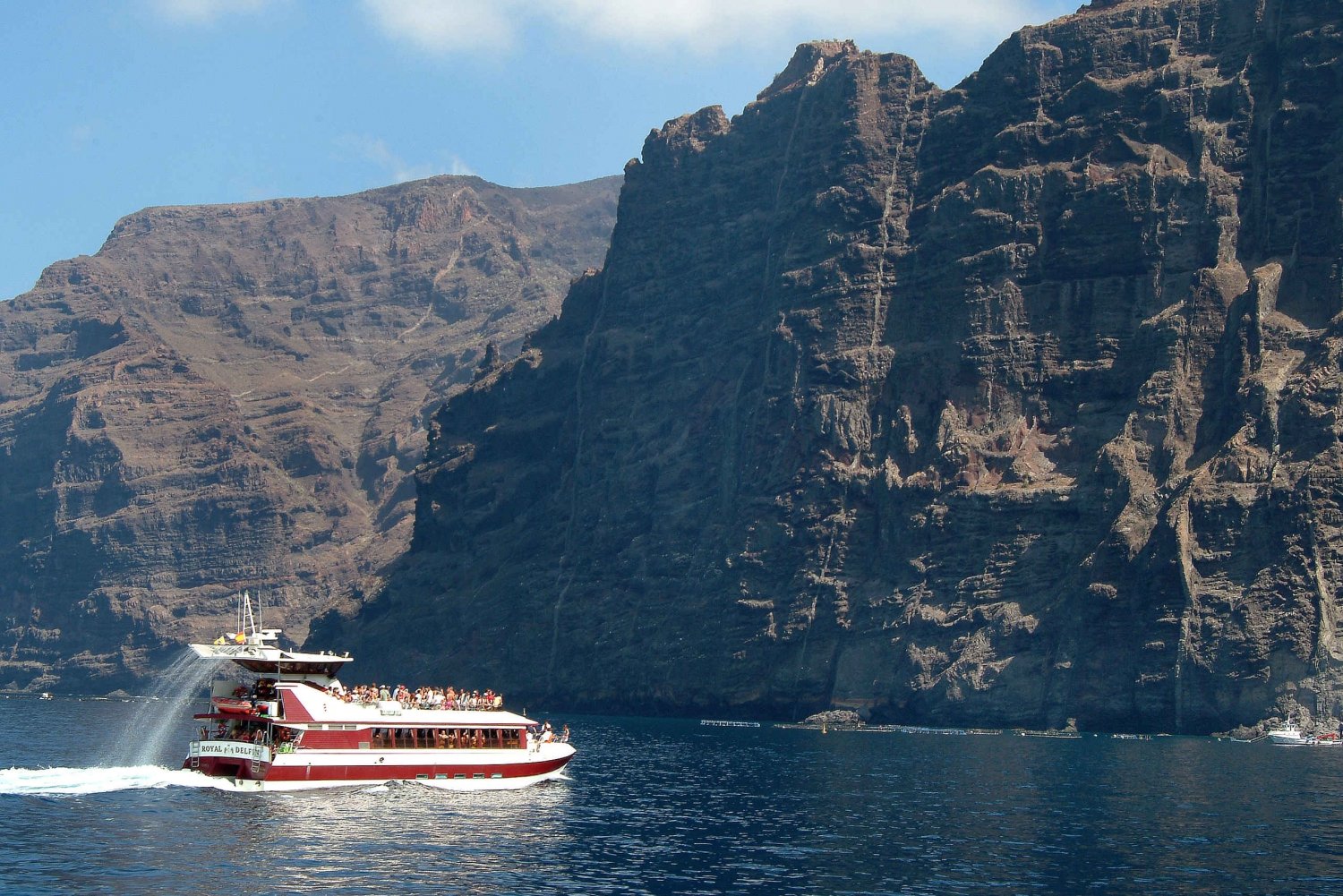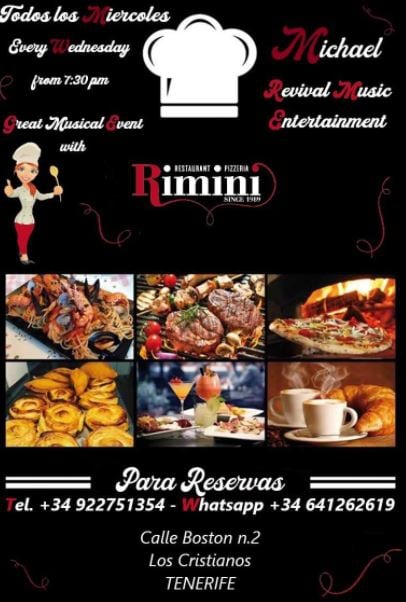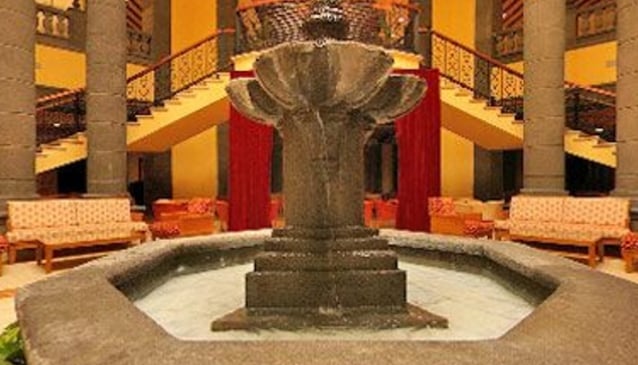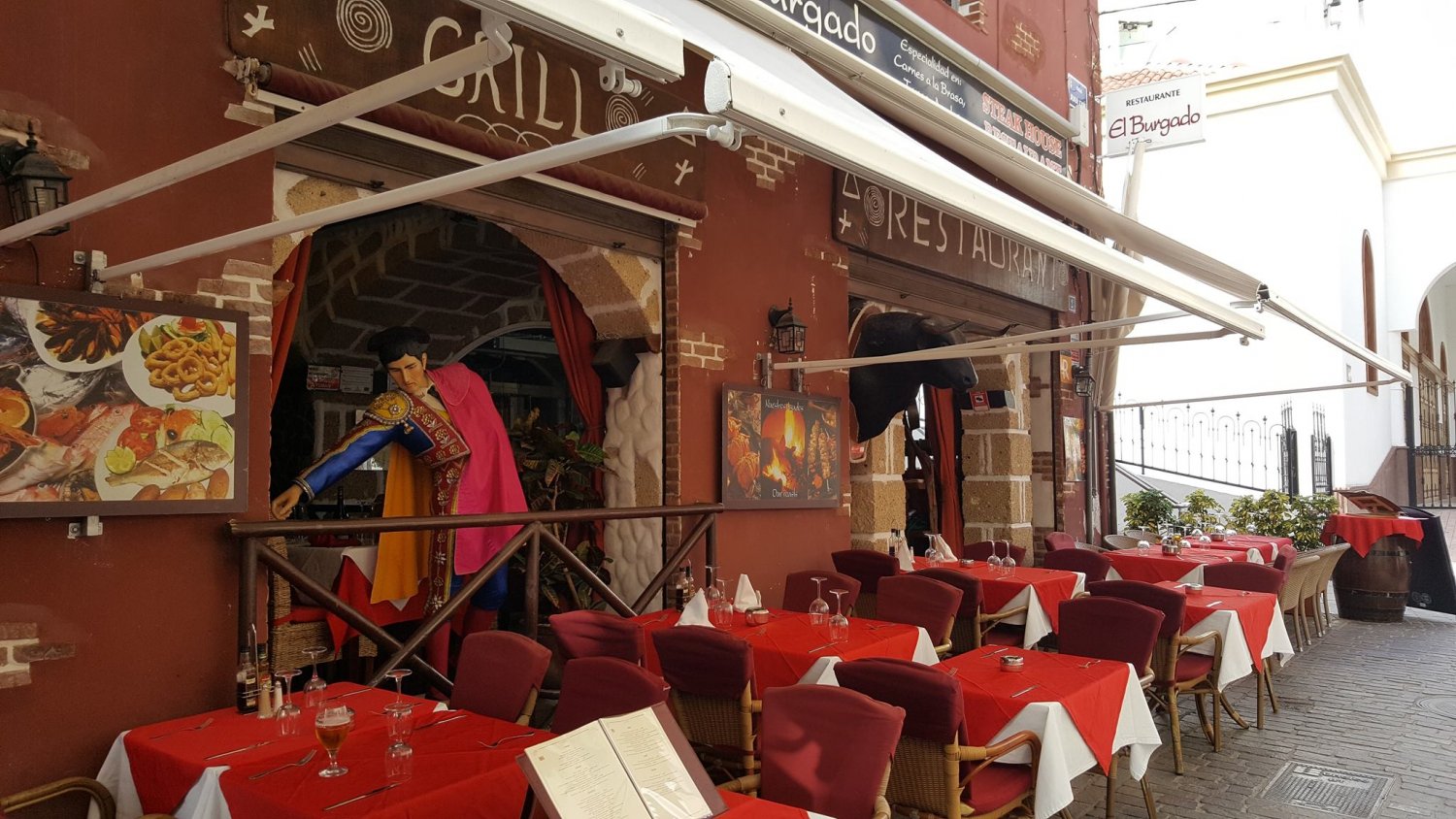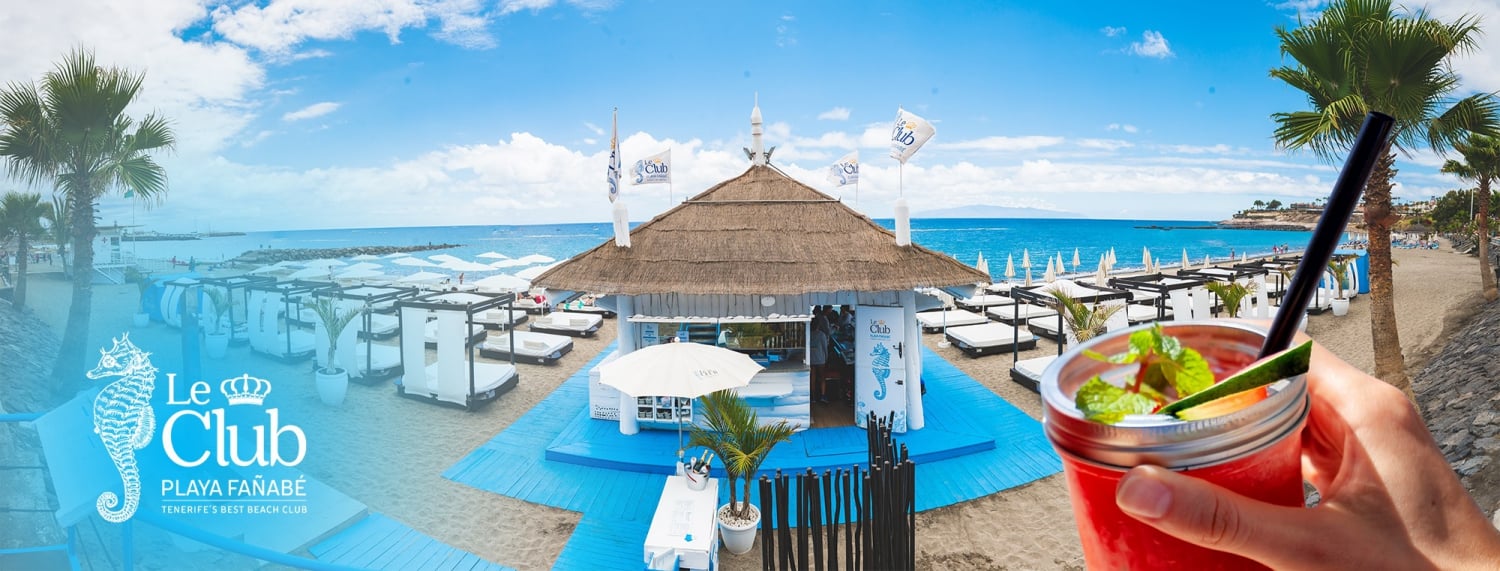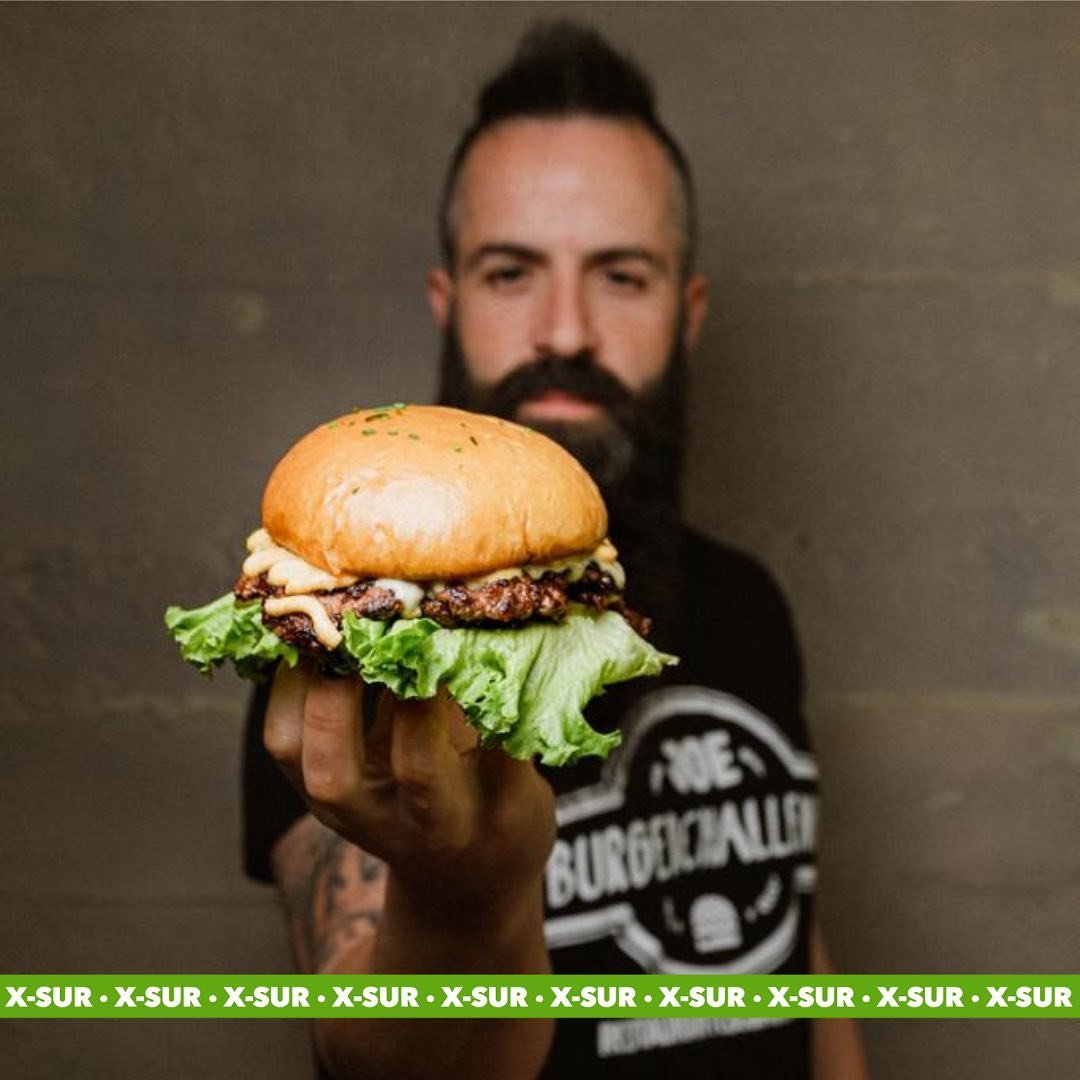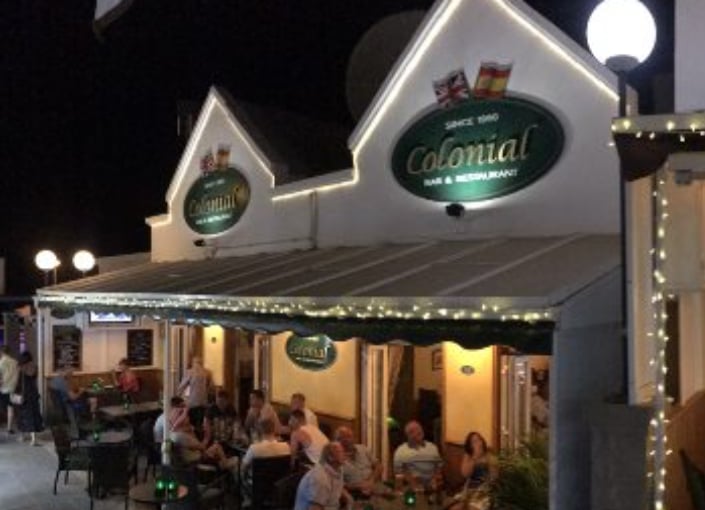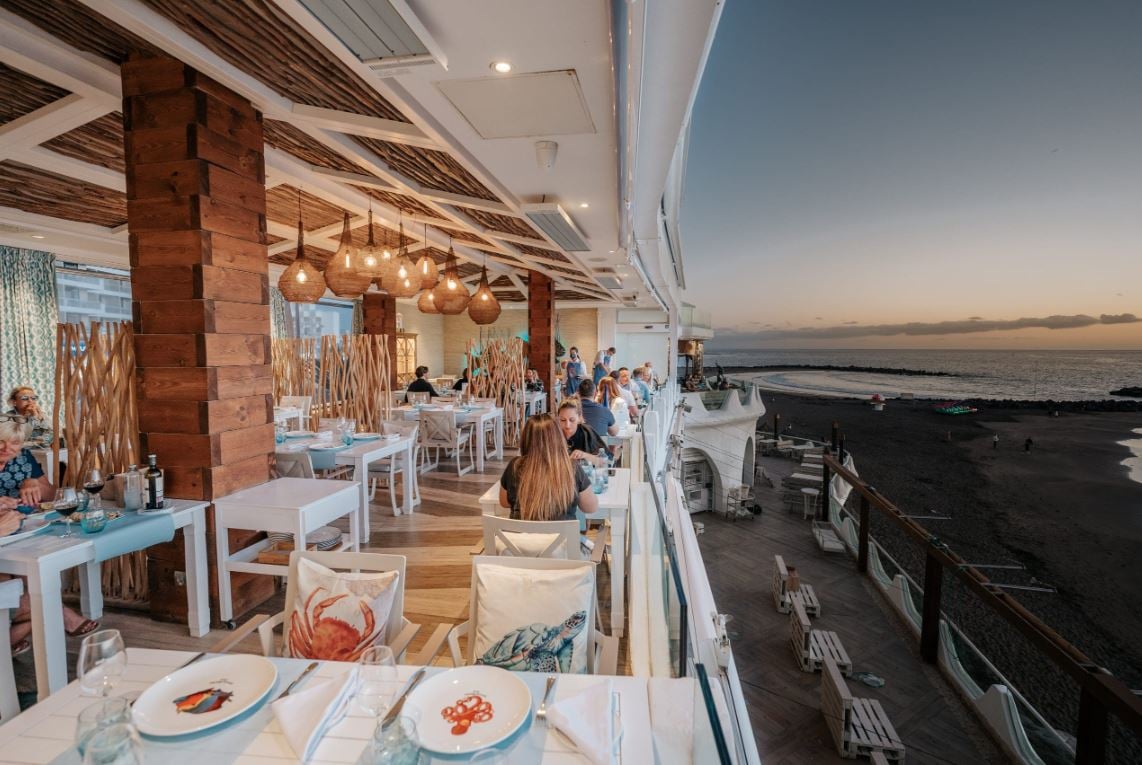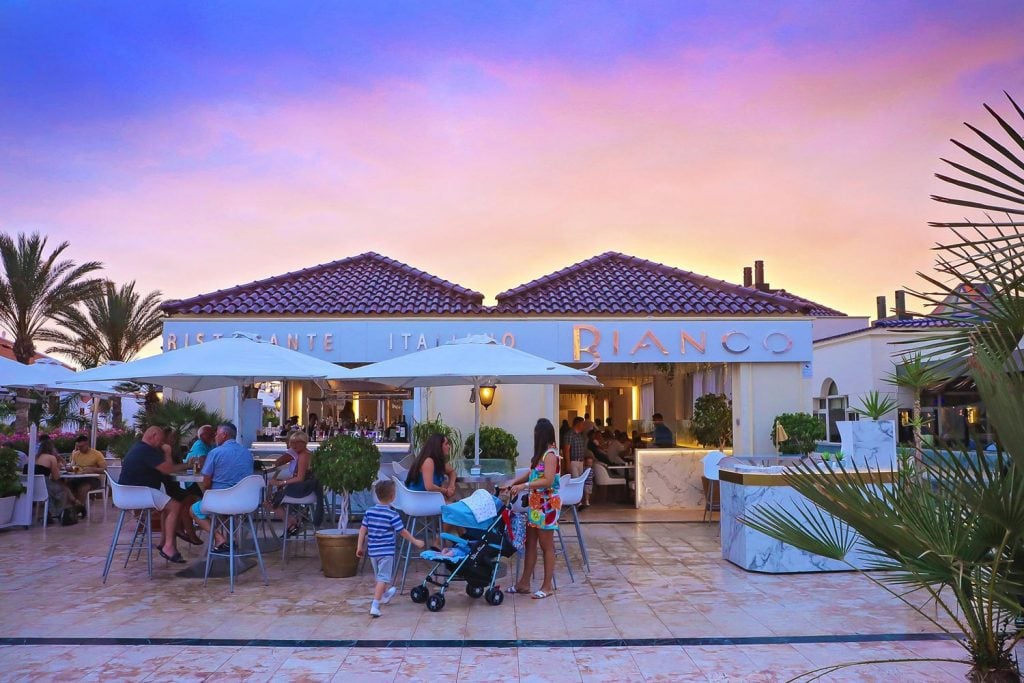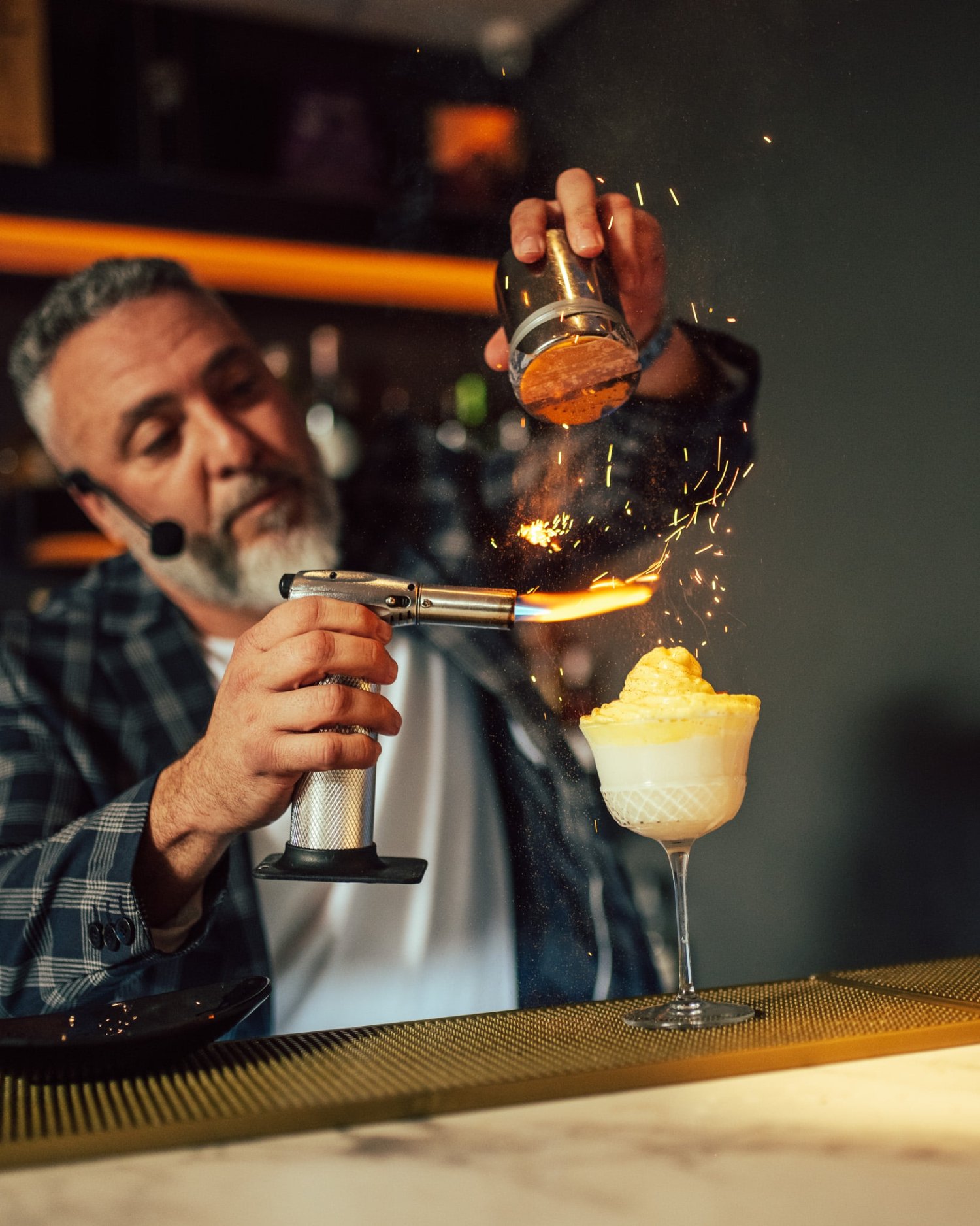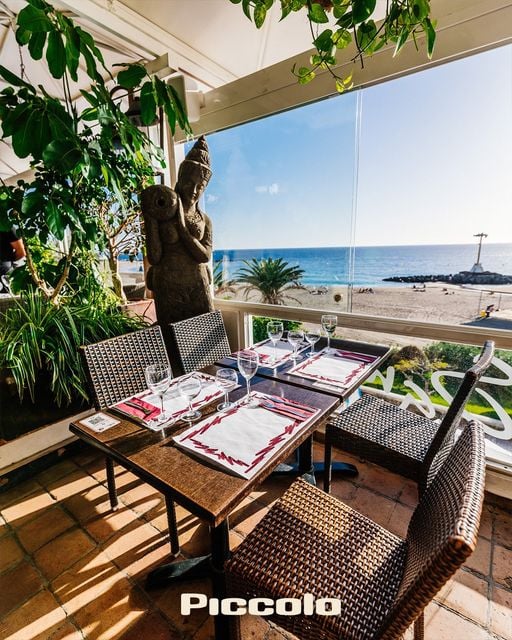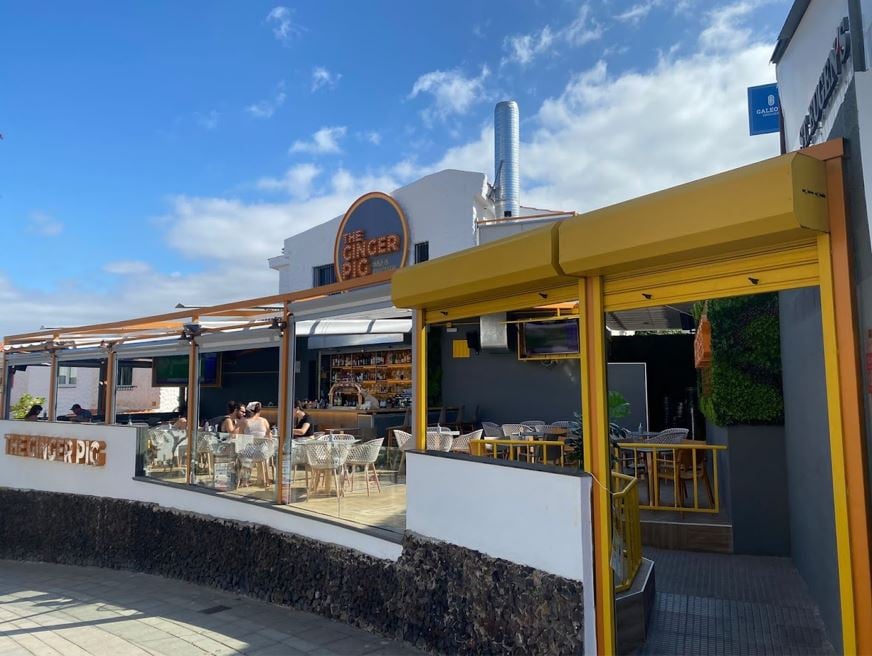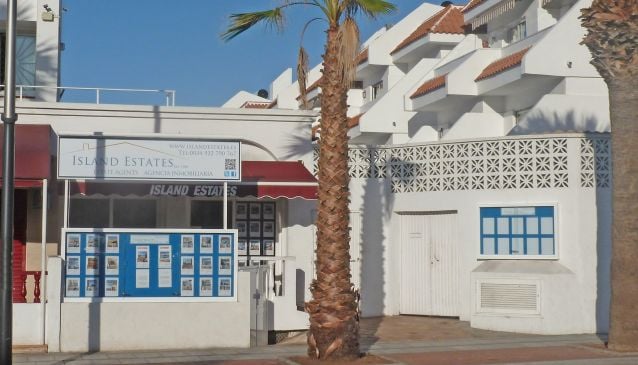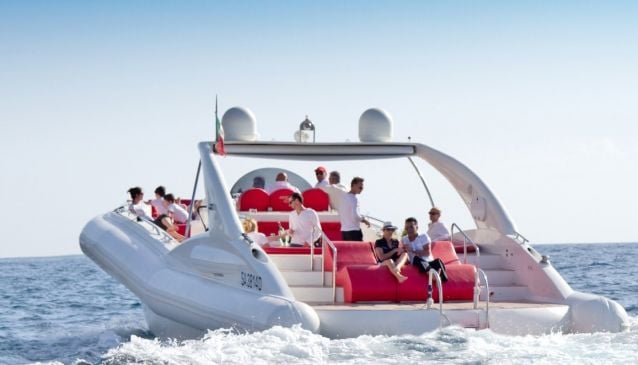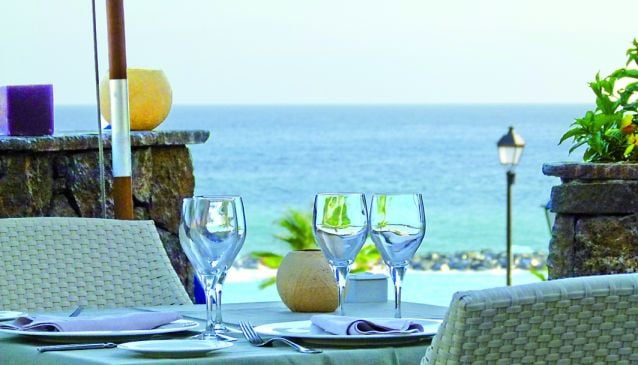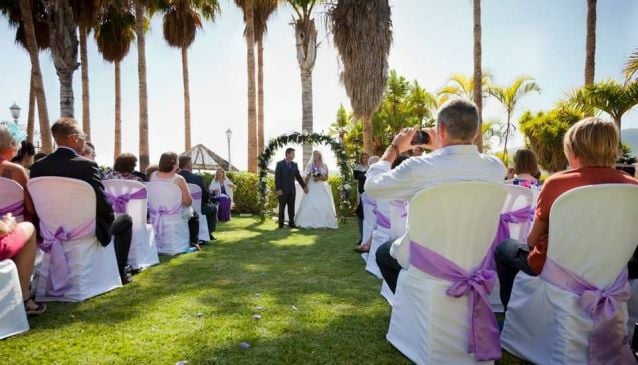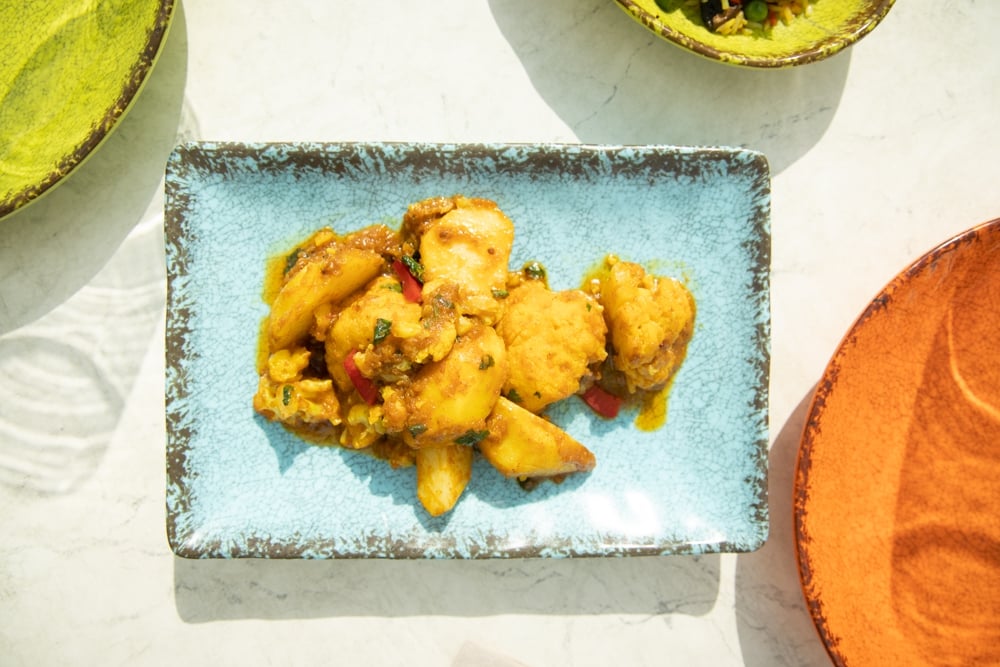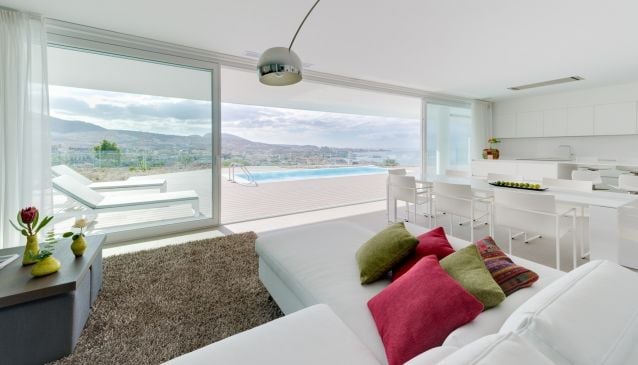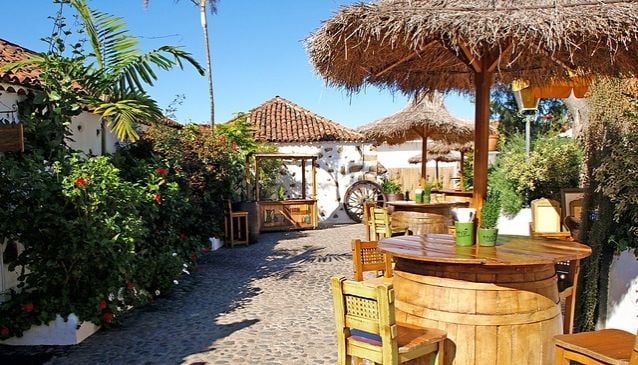Garachico
Garachico
As you stroll around the quiet cobbled streets of this pretty little harbour town it’s hard to imagine that more than once it’s been the scene of chaos and frenzy. Firstly as Tenerife’s main trading harbour when sailboats and banana steamers would jostle for position to carry off the island’s loot of sugar cane and Malvasia wine. Then secondly when the town bore the brunt of one of the Canary Islands’ most devastating natural disasters as Mother Nature decided to redecorate with the warm glow of molten lava in 1706.
But, even after being smothered by volcanic eruptions, battered by freak storms and decimated by epidemic, Garachico, in the northwest corner of Tenerife has repeatedly dusted itself down and regained its senses.
Now, one of those senses is style. Grand town houses and fishermen’s cottages are painted in bright ochre hues and immaculate cobbled streets link palm-shaded plazas. At the moment it’s one of those ‘best kept secrets’ that tourist boards worldwide like to call any area that they’ve only half-heartedly promoted yet.
With the opening of a chic boutique hotel and redevelopment of the lava rock pools in the town’s bay, as Garachico increases in popularity, how long it will remain without a surfeit of ubiquitous souvenir sellers is anybody’s guess.
Remembering
Garachico was originally one of the island’s most important towns. Thanks to a deep natural harbour, in the 16th and 17th centuries the town became Tenerife’s number one trading port and ship-building yard.
The land was owned by Genoese banker Cristóbal de Ponte, payment for backing Alfonso de Lugo’s conquest of the island. Realising the potential for further trade, Ponte funded an expansion plan increasing both the size and the prosperity of Garachico.
By the early 17th century seafaring commerce was at its peak as demand for the island’s products became insatiable, particularly for sugar cane and Malvasía (Malmsey) wine.
Then on 11 December 1645, the first of many calamities to befall Garachico took place. Heavy rains in the high mountains caused a huge landslide killing over a hundred people and destroying 40 ships. After great efforts to restore the harbour, trade was re-established only to be hit with an even worse disaster some 61 years later.
On 5 May 1706, one of Mount Teide’s offshoots, the Vólcan Negro, exploded into life sending a torrent of molten lava down its northern slopes towards Garachico. Fortunately the speed of the descent was slow enough to allow the townsfolk to evacuate by foot and on horseback but the devastation was immense and Garachico’s status as a major port was finally buried as traders moved camp to the safer confines of Puerto de la Cruz further to the east.
Today, agriculture is the mainstay with banana plantations flanking the eastern side of the town.
Seeing
The squat little fortress of Castillo San Miguel seems like a token gesture of defence against marauding pirates in the 16th century but its strength is evident in being one of the few survivors of the 1706 eruption. The interior is bizarrely split between a display of dried up marinelife and an eclectic collection of rocks and fossils – facinating for fishermen and geologists, but not enough on its own to warrant more than a few minutes browsing. It is however, worth the entrance fee to stand between the turrets and picture the cannons firing at distant enemies beyond the solitary islet of Roque de Garachico.
At the foot of the fortress a network of paths connect several lava rock pools which provide safe bathing so long as the deep Atlantic swell is not at its most animated.
The Plaza de la Libertad provides a peaceful way to while away an afternoon nursing a café cortado at the Bar Kiosko. On this main square there are two places of worship worthy of attention, both architectural jewels. Standing on the west, the Church of Santa Ana was rebuilt after the 1706 eruption on the site of the original 16th Century church. On the opposite side, the dark and musty Church of San Francisco houses a perfect example of mudéjar decoration. The ceiling is an ornate example of this Muslim and Christian hybrid architecture.
By the side of the latter stands the Convento de San Francisco, a two-courtyard mansion housing the town’s small museum. Although the exhibits of stuffed birds and gas burners are hardly inspiring, the sepia photographs and fading maps give an intriguing insight into Garachico’s history and character. The wooden balconies surrounding the interior patios typify early Canarian architecture.
DIY enthusiasts will get a buzz out of the tiny Museo Carpinteria Antigua and seeing what minimalist woodworking tools were used to produce the ornate furniture and balconies evident throughout the town.
If you want to get above all this and see how the town snuggly fits into the wild coast line a helicopter tour could be the thing for you.
Doing
There are scant opportunities to be active in Garachico and to do so would compete with the overwhelming sense of calm. Anything that could be construed as energetic takes place away from the town such as scuba diving at one of the three local dive sites. Guided walks are also arranged from Hotel La Quinta Roja or if you want to head off independently a series of local trails are outlined in maps available from the tourist office.
Socialising
Once you’re bored of watching the ocean sparring with rocks, there’s not a lot to do in the way of nightime revelry. If you fancy a late nightcap you could cram into Bar Sioux on Avenida República de Venezuela and listen to the locals debating football, politics and their contempt for the mainland.
Buying
Canarian wine is undergoing something of a revival these days. The Vinoteca at the Carpentry Museum stocks many of the island’s finest along with brief information about the vineyards.
Although not all of the ceramics, jewellery and paintings on display are from Tenerife artesans there are some pretty impressive pieces fabricated from local resources at the Arte y Diseño gallery and shop on Calle Esteban.
Staying
The French owners of the boutique Hotel San Roque have done a superb job restoring this 17th century mansion blending traditional Canarian architecture with a twist of Bauhaus. Polished wooden floors, soft lighting and sharp design are the order of the day and with a staff-to-room ratio of 1:1 personal attention is obviously a high priority. It’s easy to see why a plethora of international praise has been thrown its way. One international magazine went as far as to name it one of the best boutique hotels in the world.
Hot on the heels of the San Roque in style is the brand new hotel La Quinta Roja. The 20 fully-equipped rooms are scattered around a large open courtyard and the hospitable staff will gladly arrange all manner of pursuits for the more outward bound.
For a budget bed or a cheap self-catering apartment you should try Pension El Jardin. It’s a bit creaky, but very clean and central. The owner also runs a diving school.
Eating
Although most of the seafront eateries unsurprisingly specialise in fish, the pick of the crop and most expensive is Casa Gaspar on Avenida República de Venezuela, a starched linen and padded chair venue where they go the extra mile with both service and food.
Of more modest aspirations is La Perla. The décor is typically small-town Canarian but the fish is more than reasonable for the price and makes up for the somewhat clinical setting.
For the best views of the waves crashing over the volcanic rock pools, El Caleton on Avenida Tomé Cano has an unrivalled position. There’s a good choice of both seafood and meat but you do have to put up with plastic chairs and tables and on a windy day the occasional spray of salty Atlantic seasoning your meal.
Bodegón Plaza on Calle Martinez de Fuentes is spartan in furnishings but the obliging owner offers good value home cooking.
You wouldn’t choose Casa Ramon on Calle Esteban de Ponte for it’s culinary delights but more to savour the creaking ambience of this antiquated favourite amongst locals.
Moving
The town and harbour of Garachico is small enough to walk from one side to the other in less than 20 minutes, however, taxis are easily flagged down. For the more energetic guests staying at Hotel La Quinta Roja bikes can be rented from reception for around €12 a day.
Knowing
The tourist office is open Monday to Friday (Calle Estéban de Ponte 5; 922 13 34 61; 11 am to 3 pm).
The most central bank with a cash machine is La Caixa, (at the corner of José Calvo Sotelo and Calle Eutropio Rodriguez De La Sierra). There’s another cash machine outside the Carpentry Museum (Avenida República de Venezuela 17).



